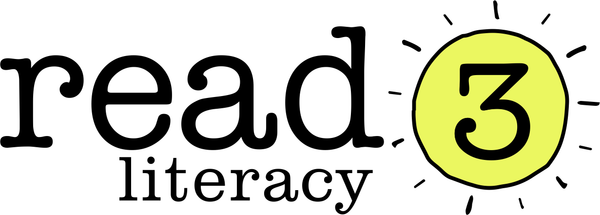Updates to free CHIP Screeners

The Check How I Process Screener (CHIPS) has recently been updated. An overview of changes to CHIPS are outlined below.
If you are not yet using CHIPS but wish to get started, click below to download the latest version.
Form: School Entry (Formerly Entry Form)
- Screening test components remain unchanged.
- ‘Red Flags’ on all processing areas remain unchanged.
- 'Red Flag' on combined PM/RAN score is 28.
- Intervention recommendation for children with a mild reading risk in PA/LSK only is any quality systematic synthetic phonics (Read3 not necessarily required).
- A reminder for the child to write their name is now included on the form. Note: this is not part of the LSK score but an inability to write their name is a red flag.
Form: 5 & 6 Year Olds (Formerly Form A)
- Screening test components remain unchanged
- ‘Red Flags’ on PA, LSK, PM and RAN remain unchanged.
- 'Red Flag' on combined PM/RAN score is 28.
- ‘Red Flag’ on RAN Time has changed (was over 75, now over 65).
- Intervention recommendation for children with a mild reading risk in PA/LSK only is any quality systematic synthetic phonics (Read3 not necessarily required).
- Scores of concern for Reading & Spelling remain the same (10 or less).
- Spelling sentence #1 has a word change (‘Jack’ changed to ‘Jed’).
Form: 7 & 8 Year Olds [REVISED & UPDATED]
(Formerly Form B for 7-10 Year Olds)
There have been significant changes to this form.
Age Range
- This early years screener is for children 7y;0m to 8y;11m only (previously 7-10 years).
Risk Factors
- ‘Red Flags’ on PA, LSK, PM and RAN remain unchanged.
- 'Red Flag' on combined PM/RAN score is 28.
- ‘Red Flag’ on RAN Time has changed to provide a more sensitive measure:
- 7 years olds: over 36 secs (was over 33 secs)
- 8 year olds: over 26 secs (was over 30 secs).
- Combined PA/LSK risk score has changed
- below 21 Read3 is recommended
- 21-33 any quality systematic synthetic phonics is recommended
Processing Skill Test Components
- Test components have changed significantly to more accurately reflect a base level of code expected for children in Year 2 and above.
- PA: greater focus on phoneme deletion and manipulation
- LSK: now includes some common vowel digraphs
- PM: remains unchanged
-
RAN: items remain unchanged, but RAN Time has been adjusted (see above)
Please note, if you were to screen children older than 8 years 11 months, the risk factor score of 26 will under-represent RAN risk (19-23 secs is more appropriate)
Reading & Spelling Review Components
- Test items adjusted to more accurately reflect a base level of code expected for children in Year 2 and above.
- Single word reading and spelling now includes some introductory extended code
- (previously CCVCC, CVCe only)
- Sentence level reading and spelling now includes some extended code, 2-syllable words and morphemes.
- Note: If reviewing skills of children with very limited code, please use your discretion on where to stop the test within each section.
NEW Fluency Screener Coming Soon!
Read3 will be releasing FISH in 2024 for students 8+ years of age.
FISH (Fluency Indicator in a Story Hierarchy) offers a unique collection of short, sequential, decodable passages that will provide valuable insights into a student's reading fluency and phonic skills.
Use FISH stories to check student reading rates, then determine an intervention starting point.
If you have any questions please reach out via email or share below.


3 comments
I use these resources routinely in my Speech Pathology Service. Thanks for the update to the CHIPS. And the adjunct of the FISH makes a perfect “literacy lunch screener” of FISH and CHIPS.
All jokes aside, these resources allow the therapist to QUICKLY assess the 4 cognitive processing fundamentals for reading:
1) Phonological awareness
2) Phonological working memory
3) Orthographic – letter-sound knowledge
4) Rapid automatic naming
This is foundational to have all this in one quick assessment, which also screens reading accuracy, reading rate, and spelling accuracy.
Hi Kerren, great to hear! Thanks for the feedback. 😊
I have used this at the end of the year to assess progress of my intervention students. It has been quick and easy to use.